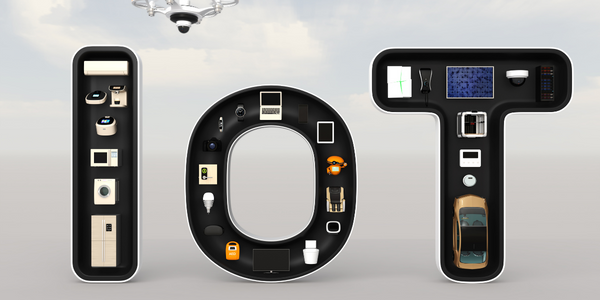Technology Category
- Application Infrastructure & Middleware - Data Visualization
- Platform as a Service (PaaS) - Application Development Platforms
Applicable Industries
- Education
- Equipment & Machinery
Applicable Functions
- Logistics & Transportation
- Procurement
Use Cases
- Demand Planning & Forecasting
- Track & Trace of Assets
Services
- System Integration
About The Customer
The customer is one of the world's largest book publishers, with a global presence in 70 countries and a workforce of over 24,000 employees. The company combines world-class educational content and assessment with services and technology to enable more effective teaching and personalized learning at scale. They were seeking a solution to bring together multiple, disparate data sources onto a single platform to automate dynamic and agile data analytics, increase efficiency, effectiveness, and transparency in the S&OP process.
The Challenge
One of the world's largest book publishers, with over 24,000 employees operating in 70 countries, faced significant challenges in consolidating multiple, disparate data sources onto a single platform. The company aimed to automate dynamic and agile data analytics to increase efficiency, effectiveness, and transparency in the Sales and Operations Planning (S&OP) process. However, they had limited ability to quickly understand key trends in their product categories and update demand planning. The long lead times and complex supply chain made supply and demand matching a resource-intensive, time-consuming effort. This led to the inability to review detailed pegging information that connected original demand to final supply. Additionally, the company spent significant manual effort and time preparing for S&OP reviews across product, demand, and supply, having many different source systems.
The Solution
The company adopted o9, a platform that allowed them to plan and include key drivers of demand at the ISBN level. They implemented a multidimensional model with attribute-based aggregation and disaggregation to analyze and enrich demand planning. With o9, the company could perform end-to-end pegging, responding to demand with visible supply pipelines, effective utilization of available capacity, and scenario modeling to evaluate multiple options to solve shortages quickly. The company also leveraged the live o9 Platform as the review tool for S&OP meetings, replacing the source systems such as Logility for Demand Planning and Oracle ASCP for Supply Planning. The company used the o9 Enterprise Knowledge Graph as a read-only system which takes demand and supply plans as inputs to help in Integrated Business Planning (IBP) and demonstrate the gaps, shortages, KPIs, etc.
Operational Impact
Quantitative Benefit

Case Study missing?
Start adding your own!
Register with your work email and create a new case study profile for your business.
Related Case Studies.

Case Study
Smart Water Filtration Systems
Before working with Ayla Networks, Ozner was already using cloud connectivity to identify and solve water-filtration system malfunctions as well as to monitor filter cartridges for replacements.But, in June 2015, Ozner executives talked with Ayla about how the company might further improve its water systems with IoT technology. They liked what they heard from Ayla, but the executives needed to be sure that Ayla’s Agile IoT Platform provided the security and reliability Ozner required.

Case Study
IoT enabled Fleet Management with MindSphere
In view of growing competition, Gämmerler had a strong need to remain competitive via process optimization, reliability and gentle handling of printed products, even at highest press speeds. In addition, a digitalization initiative also included developing a key differentiation via data-driven services offers.

Case Study
Predictive Maintenance for Industrial Chillers
For global leaders in the industrial chiller manufacturing, reliability of the entire production process is of the utmost importance. Chillers are refrigeration systems that produce ice water to provide cooling for a process or industrial application. One of those leaders sought a way to respond to asset performance issues, even before they occur. The intelligence to guarantee maximum reliability of cooling devices is embedded (pre-alarming). A pre-alarming phase means that the cooling device still works, but symptoms may appear, telling manufacturers that a failure is likely to occur in the near future. Chillers who are not internet connected at that moment, provide little insight in this pre-alarming phase.

Case Study
Premium Appliance Producer Innovates with Internet of Everything
Sub-Zero faced the largest product launch in the company’s history:It wanted to launch 60 new products as scheduled while simultaneously opening a new “greenfield” production facility, yet still adhering to stringent quality requirements and manage issues from new supply-chain partners. A the same time, it wanted to increase staff productivity time and collaboration while reducing travel and costs.

Case Study
Integration of PLC with IoT for Bosch Rexroth
The application arises from the need to monitor and anticipate the problems of one or more machines managed by a PLC. These problems, often resulting from the accumulation over time of small discrepancies, require, when they occur, ex post technical operations maintenance.

Case Study
Data Gathering Solution for Joy Global
Joy Global's existing business processes required customers to work through an unstable legacy system to collect mass volumes of data. With inadequate processes and tools, field level analytics were not sufficient to properly inform business decisions.







